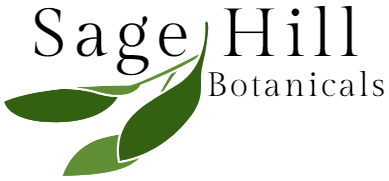Licorice root is one of the most-used herbs in Traditional Chinese Medicine. It is frequently used in small amounts in formulas and is considered to be a synergist or peacemaker in that it helps herbs work together more effectively. This post will look at licorice root benefits when used as licorice tea or as aContinue reading “Licorice”
Tag Archives: herb remedies
Elecampane
Common Names – Elecampane, Wild Sunflower, Horseheal, Yellow Starwort, (more below) Botanical Name – Inula helenium Family – Asteraceae Elecampane (Inula helenium) is a perennial herb in the aster family with a long history of medicinal uses. In appearance, it is reminiscent of a sunflower plant, with tall stalks, pale green foliage, and bright yellow flowersContinue reading “Elecampane”
Nourishing Nettle Tea
Nettle tea will feed your body… The most important health benefits of stinging nettle include its ability to detoxify the body, improve metabolic efficiency, boost immunity, increase circulation, improve energy levels, manage menstruation, minimize menopausal symptoms, and aid in skin care. It has the power to protect the health of the kidney and gallbladder, lowerContinue reading “Nourishing Nettle Tea”
37 Herbal Remedies For Colds and Coughs
It’s a fact of life, everyone gets a cold sometimes. Along with colds comes cough, chest congestion, sinus infection, headache, body aches, stomach aches, and other complaints. You could reach for over the counter drugs, or better yet, try some of the herbal remedies listed in this post. If you can make a tea, thanContinue reading “37 Herbal Remedies For Colds and Coughs”




